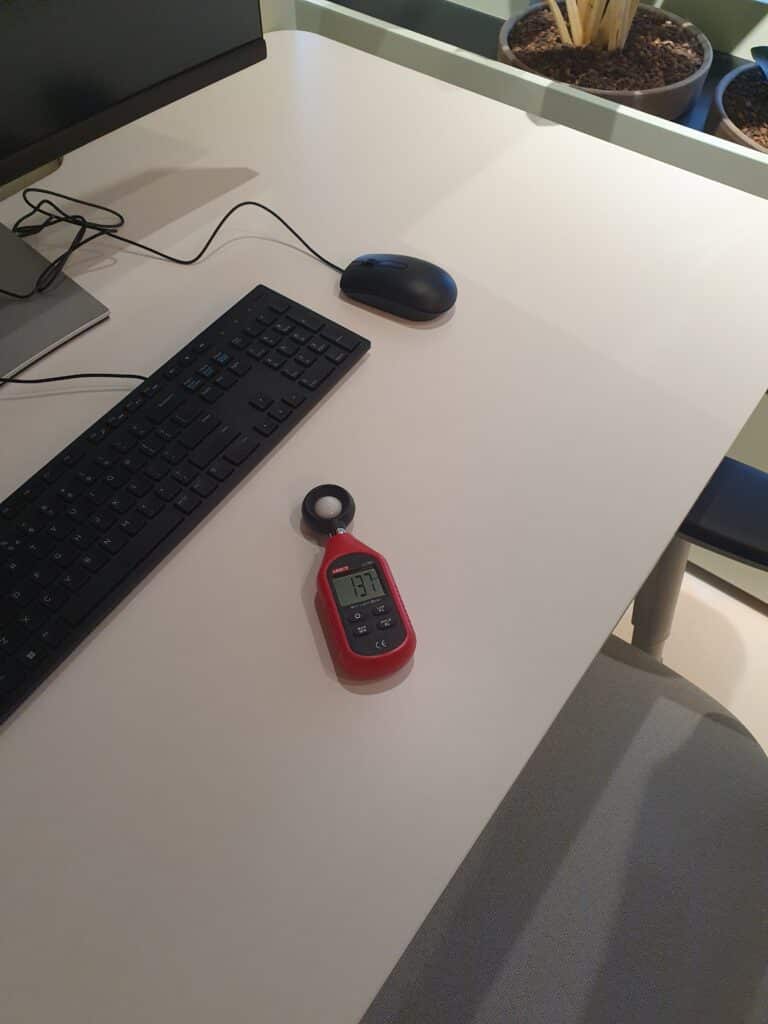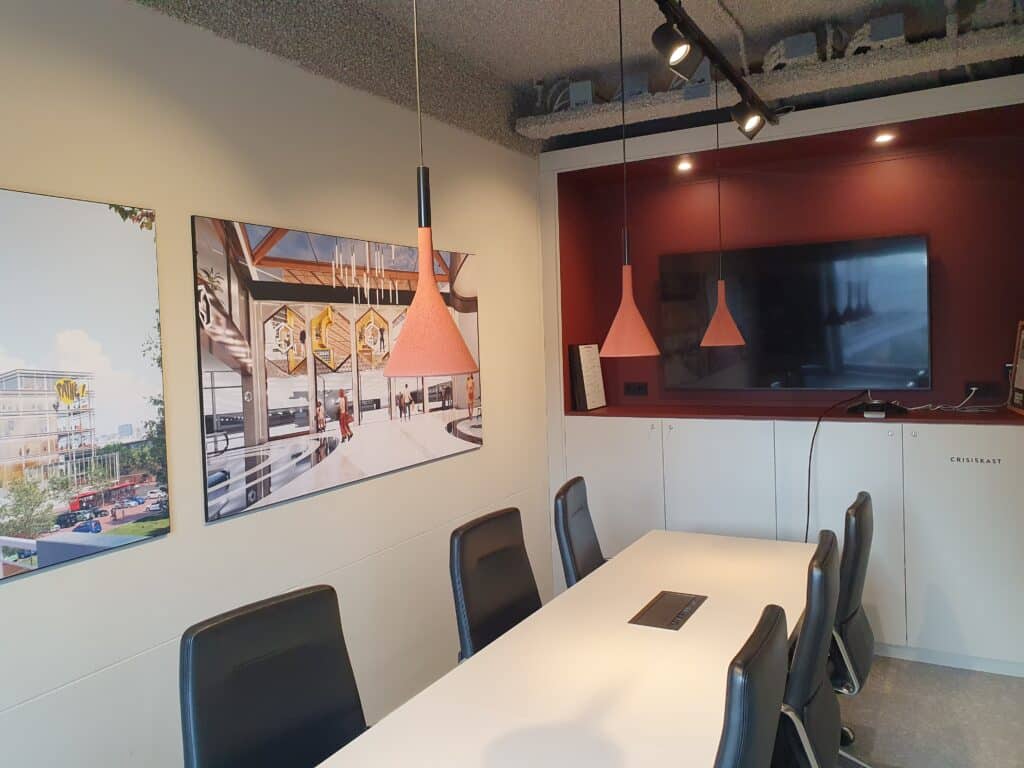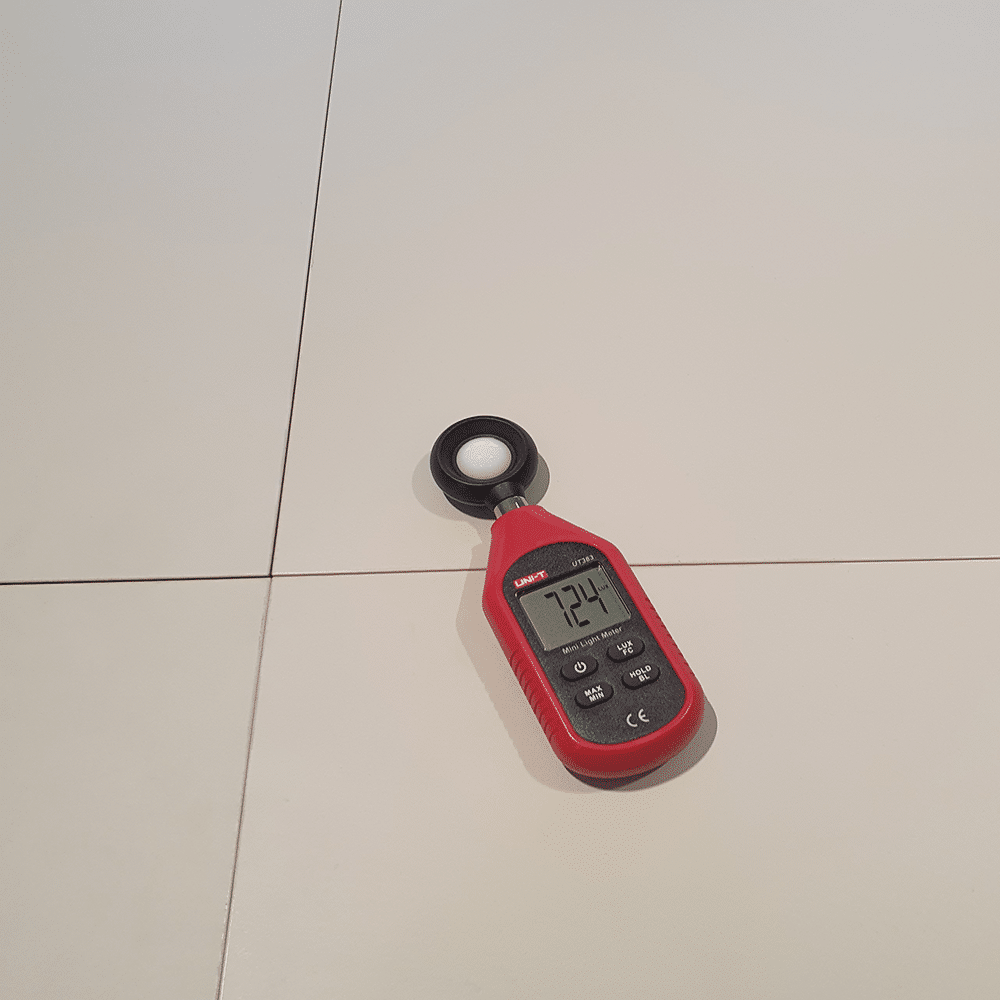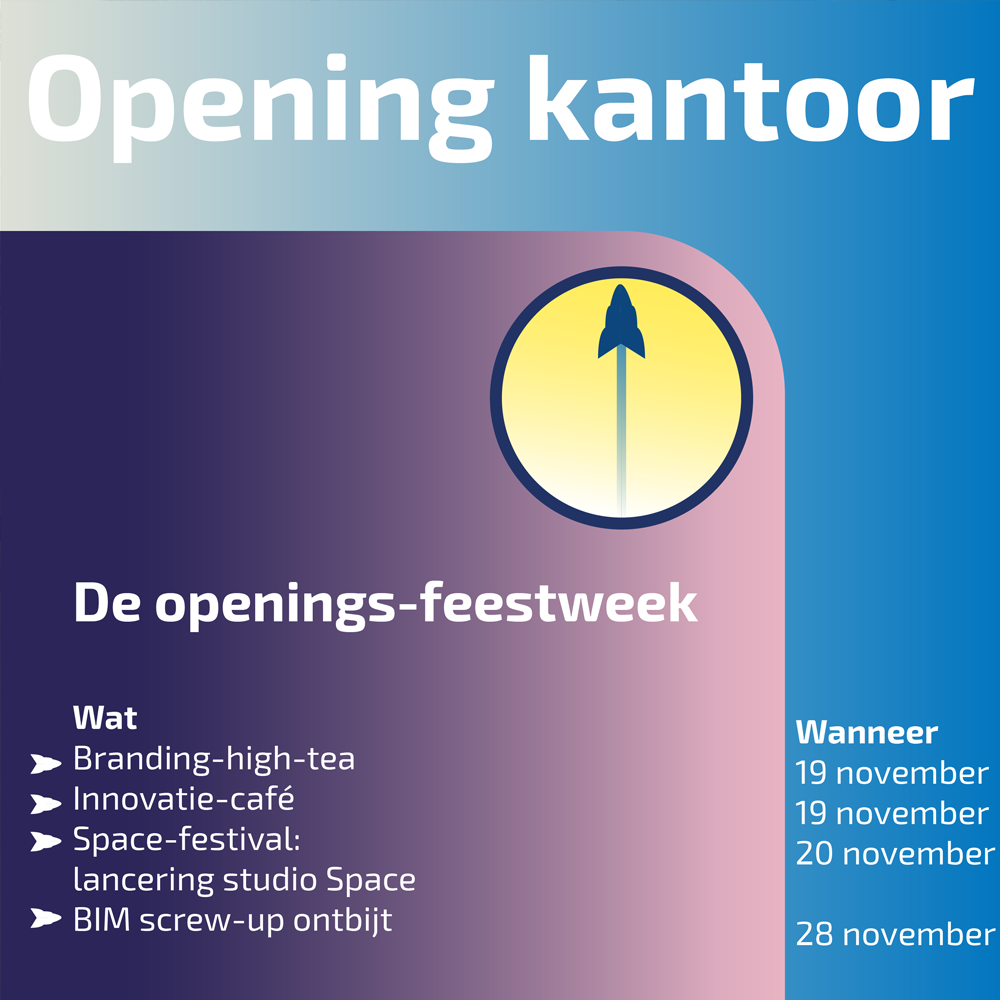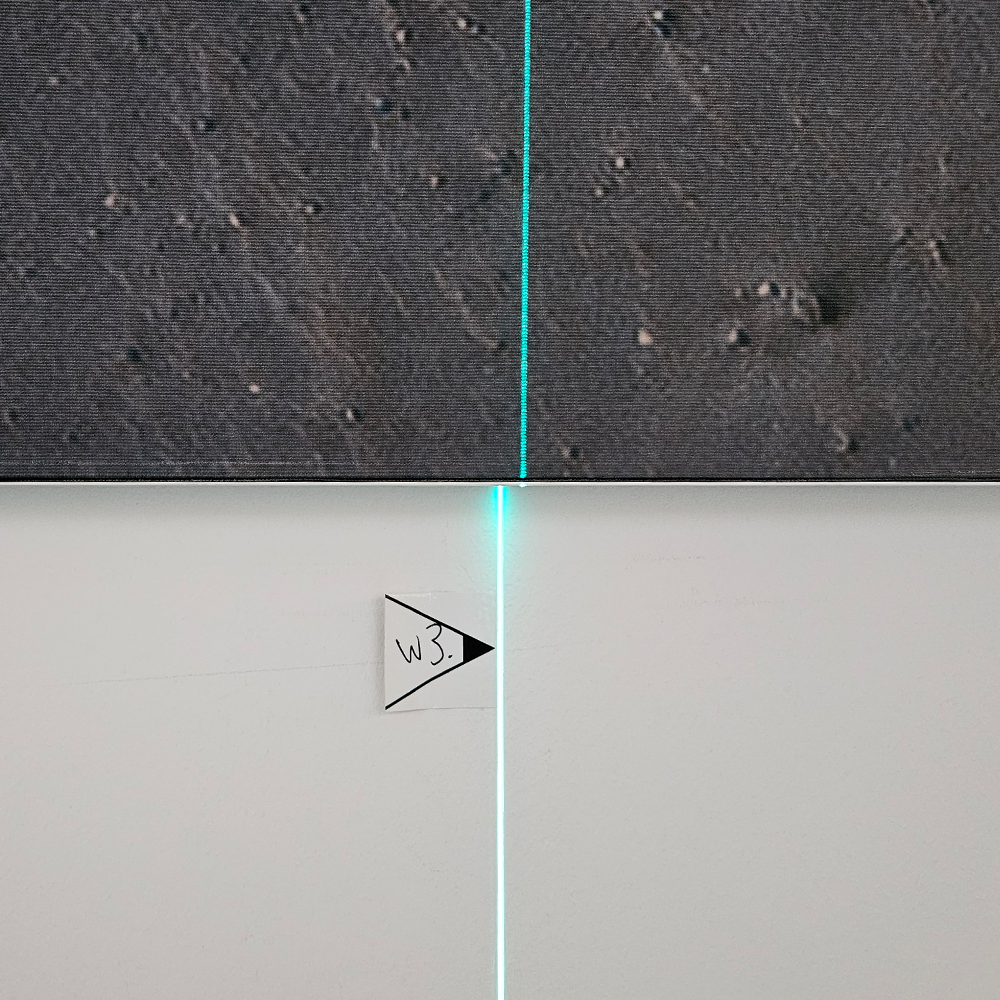what are the requirements for workplace lighting?
What are the requirements for lighting in the workplace?
Lighting in the workplace is an important aspect of working conditions and employee health. A good design for a workplace or office is consistent with this. Good lighting allows workers to perform their tasks properly, avoid accidents and feel comfortable.
Poor lighting, on the other hand, can lead to fatigue, stress, headaches, eye problems and even depression. Therefore, legal requirements and guidelines for indoor workplace lighting have been established in the Netherlands and Europe. In this article, we discuss what these requirements and guidelines mean, what factors determine lighting needs and how to optimize workplace lighting for greater comfort and productivity.
Legal requirements and guidelines for workplace lighting
The Occupational Health and Safety Act states that every employer, regardless of industry or organization, is required to provide proper lighting in the workplace1. Proper lighting, in addition to the display of light, means the safe installation of the lighting system. The Occupational Health and Safety Act refers to the European standard NEN-EN 12464-1:2011 (nl) Light and lighting – Lighting of workplaces – Part 12 for specific lighting requirements.
This standard specifies the required lighting characteristics for all possible work situations, such as illuminance, uniformity, glare, color rendering and color temperature. The standard was updated in 2021 to reflect the latest developments in lighting technology, such as LED lighting, and the changing needs of users, such as increased flexibility and personalization.
Standard EN 12464-1 divides the workplace into three zones, for which adjusted values apply: the task area, the immediate surroundings and the background. The task surface is the surface where the eye task is performed, and can be at any position and height in space. Also, the position can be horizontal, vertical or anything in between.
The immediate area is the 0.5-m area around the task surface. The background is the area further than 3 meters outside the immediate area. There is a minimum average illuminance for each of these zones, which depends on the nature and complexity of the visual task.
The standard provides a scale of illuminance levels, expressed in lux, ranging from 20 to 5,000 lux. For an office workstation, the minimum average illuminance is 500 lux for the task area, 300 lux for the immediate area and 200 lux for the background. Minimum illuminance levels, 75 and 50 lux, respectively, also apply to the walls and ceiling to ensure good brightness and ambience in the room.
Standard EN 12464-1 also takes into account the situations in which the light requirement is higher or lower than normal. This could be due to accuracy, concentration, contrast, duration, daylight, or workers’ eyesight. In this case, the illuminance can be increased or decreased one or two steps on the lux scale.
The standard also provides recommendations for the uniformity, glare, color rendering and color temperature of the light. Uniformity expresses the ratio of the lowest to the average illuminance within a zone, and should be at least between 0.4 and 0.7 in the task area. Glare is the degree to which the light hinders or disturbs vision, and should be as low as possible. Color rendering is the degree to which light faithfully reproduces the colors of objects, and should have at least an index of 80. The color temperature is the color impression of the light, and should be at least 4000 kelvin for a cool and stimulating light color.
The pictures below show the importance of focusing and distributing light properly: within a single office, luminance levels between 137 lux and 1500 lux is a big contrast. For workplaces, this is too much contrast: constantly switching between light intensities is tiring.
Optimizing workplace lighting for greater comfort and productivity
In addition to meeting legal requirements and guidelines, it is also important to match workplace lighting to the individual preferences and needs of employees. This can contribute to increased comfort, well-being and productivity.
Some tips for optimizing workplace lighting include:
Combine daylight and artificial light. Daylight is the best source of light because it is natural, dynamic and healthy. It stimulates biorhythms, vitamin D production, mood and alertness. Artificial light is needed to supplement or replace daylight, especially in winter, at night or in rooms without windows.
It is important to strike a good balance between daylight and artificial light, and to avoid having too much or too little light. Too much light can cause glare, reflection, overheating or discoloration. Too little light can lead to fatigue, loss of concentration, mistakes or accidents. A good way to maintain balance is to use dimmable lighting, blinds, curtains or blinds.
Combine direct and indirect light. Direct light is light that shines directly on the task surface, such as from a desk lamp or spotlight. Indirect light is the light coming through another surface, such as a wall or ceiling, onto the task surface, such as from a pendant or wall lamp.
Direct light is needed to enhance the detail and contrast of the visual task, but it can also create shadows, glare or unevenness.
Indirect light is needed to illuminate the room and atmosphere, but it can also create too little light or a faint color display. A good way to make the combination is to use different types of fixtures, such as downlights, uplights, pendants, spotlights or strips, which can provide both direct and indirect light.
Choose LED lighting. LED lighting is the most modern and sustainable form of lighting, offering many advantages over conventional lighting, such as fluorescent tubes or halogen lamps. LED lighting uses up to 70% less energy, has a longer lifespan, gives better light quality, is flicker-free, does not get hot, is dimmable and is available in different colors and shapes. LED lighting is also better for the environment because it emits less CO2, contains no mercury and is easily recyclable. So LED lighting is a smart choice for workplace lighting that is both cost-saving and comfort-enhancing.


